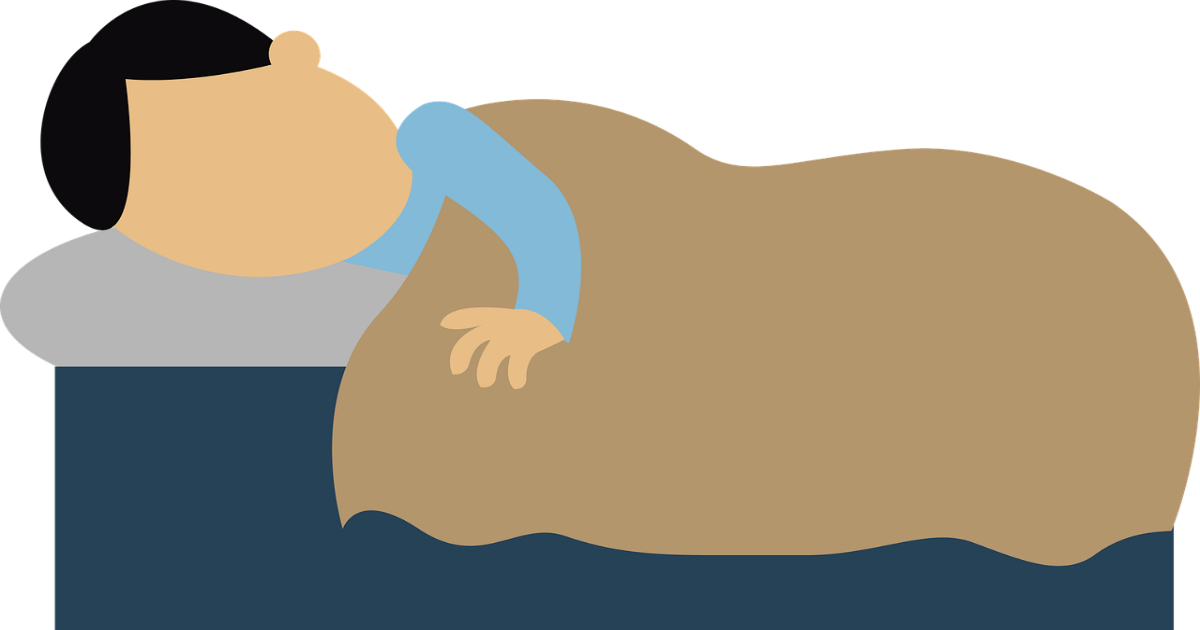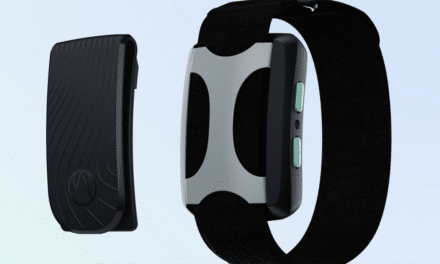I stress the fundamental need for sleep for the recovery and functioning of your body daily. People usually sleep from 7 to 9 hours, explaining how it takes up most of our lifetimes. I also emphasize maintaining a great posture to prevent pain and tightness throughout your entire body. Sleep also requires people to retain an excellent back posture to ensure adequate breathing, enable proper recovery, and prevent further tightness as you sleep. This blog will not be covering the best way to position yourself if you have a specific back problem other than tightness that muscular dystrophy intensifies.
Doctor Jo composed a video called “Proper Sleeping Positions Tipps – Ask Doctor Jo,” describing the best position to keep your neck and back in neutral positions. The first thing she addresses is the back and how it is crucial to maintain the back curve. By rolling up a sheet or towel and placing it in the lumbar area, you can support your back curve. You can put that sheet under the sheet on your bed if that is preferable for you. If you want to take it to the next step, it can also help your spine by elevating your legs. You should raise your legs with at least two pillows or one to have that prime spot for a neutral position in your pelvis and spine.
On your side, it is essential to keep the rolled-up towel or sheet in the same location. It would be best if you placed the pillow between your logs and kept your hips in a neutral position. This ensures that there is no pressure in your hips, knees, and back. You should find a pillow that keeps your neck in a neutral position to stop tightness in your neck and shoulder muscles. The shoulder should not be squished against your bed by the pillow being too short so make sure your pillow is at adequate length to keep your neck in a neutral position and not exacerbate your shoulder muscles. Then, by having a “hug pillow” or a pillow that you hold in your arms, it can prevent your shoulder’s stress.
If you choose to sleep on your stomach, do not use any pillow for your head. If you have a soft pillow, you can use it, but make sure it does not add stress to your neck. Placing a pillow in your lower abdomen and pelvis area is key to preventing tightness in your back.
These techniques are fantastic for improving sleep performance and making sure you wake up without as much tightness or pain in any areas of your body. Many sources believe that the techniques Doctor Jo displayed are the best position for your back, shoulder, neck, and hips. Since night braces make it difficult to find a comfortable place, sleeping on your back is positively influenced by the pillow in your lower lumbar area and the one below your knees. I would recommend these techniques for everybody as I am sure you will have the best sleep you ever had. If you find these positions useful, show them to your friends and family as many people sleep incorrectly.





